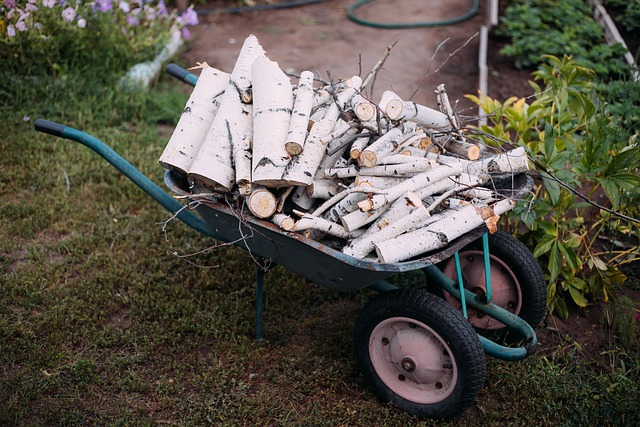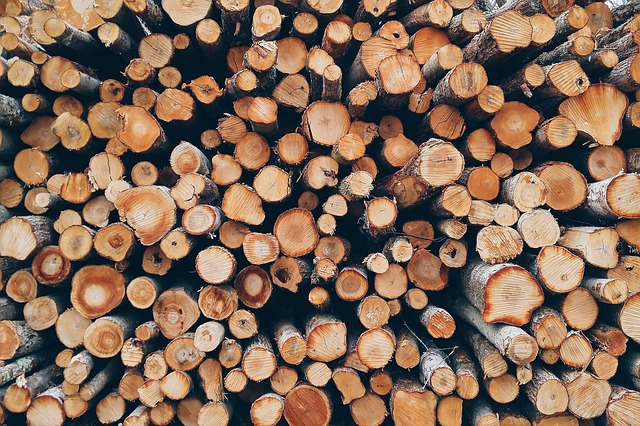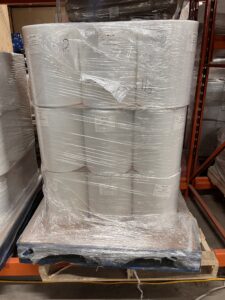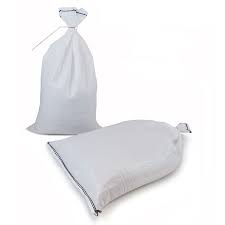Highlights
- Selling firewood by the bag or bundle can be a great side business if you’re already processing wood regularly for yourself or have access to lots of wood thanks to your occupation or location. Tree service companies, homeowners who cut wood for their own stove, and property owners with lots of wooded land are all great candidates to start selling firewood.
- The start-up costs are generally quite low for those looking to get into the business: a good saw, a good wood splitter, firewood bags or bundling equipment, and some can-do attitude.
- Choosing to sell bundled firewood (by the bag) or bulk (by the cord or larger) is a decision that comes down to time and interest: bundling firewood comes with higher profit margins but will require more manual labor and running around, while bulk firewood sales can be as easy as asking your customers to come to your location.
Selling Firewood: Make Money By Processing Your Spare Wood

You see it everywhere: firewood bundles or stacks outside of gas stations and supply stores – and if you know anything about firewood, you know those prices are salty. Who’s making that money, and how do YOU get started?
It’s obvious there’s demand for firewood and money to be made, so if you’re already processing wood for your own home, or you’re in a business that has access to plenty of wood (like tree services) you might be interested in learning how to sell firewood on your own.
If you’re looking to make some extra money, bundled firewood is easy and quick to get started. Cut it, bag it, and spend some time visiting local stores where potential customers might find you: campers and suburbanites planning a weekend fire are the most common buyers of bundled firewood. The principles remain the same even if you plan on growing a true small business.
Let’s chat pricing and some basics on firewood sales.
Make Money Selling Firewood: Bundles Versus Bulk Explained

The first question is whether you want to focus on selling firewood bundles or bulk. There are advantages and disadvantages to both.
- Bundles are small and require more work per “sellable unit”, but you can ultimately make higher margins, or more profit, on a single cord of wood. Think of it as the convenience factor: your end-users are paying up for the convenience of seasoned wood available at the gas station or grocery store on their way to the campsite for the weekend.
- Providing a steady supply of bulk firewood requires less manual labor (no stuffing bags) but will generally yield lower profits. Think of this as the bulk discount buyer: they pay less for a higher volume of wood, but it requires some planning and foresight to get it to their property.
While you won’t have to spend as much time planning for sales and delivering firewood to stores in your area if you go bulk, the truth is that most small local businesses who focus on selling bundles will have higher profits in the end. This article focuses on firewood bundles mainly because it’s what we know well(!), but also because it tends to be a more lucrative business model.
St.Boniface Bags sells fully recyclable firewood mesh bags online. They’re made to last sitting outdoors, with extra UV protection so they can endure months of sunlight much better than the competition, and they look great for your end-users.
How to Prepare Bundles for Your Firewood Business

For prepackaged bundled firewood, cut wood should be 12 to 18 inches in length, a size that you can stack, easily carry, and that your end-users – families around campfires – can make easy use of too. Then, decide on a bundling method.
You can read more about how to bundle firewood well in this article, but we’ll quickly mention the three main methods to get you up to speed.
- You can wrap your bundles with plastic wrap, which is generally the cheapest choice, although it’s also less aesthetically pleasing than others, is harder for customers to handle, and tends to degrade quickly in sunlight or outdoors where it’s stored.
- You can strap the wood with anything from wires to rope, although the common choice is a thick vinyl strip. What this method lacks in cheapness it makes up in versatility, allowing you to manage larger bundles of wood, different sizes, and more.
- The all-round best option for bundling firewood is generally to use mesh bags. If you purchase from a good firewood bag vendor, they’re inexpensive, look great for customers, are easy to pick up and move, can withstand both summer and winter weather, and are easy to transport and deliver anywhere.
We’re a little biased as a firewood bag company, but we’ve heard from enough of our customers to understand the benefits of bags for most small businesses.
Setting Your Firewood Bundle Prices

Pricing strategy for your target market is everything in this business.
First off, firewood pricing is highly specific to your region. Chances are, if you’re already cutting firewood, you have a good sense for what a seasoned cord of wood in your area sells for.
Firewood is measured with its own unique unit called a cord. A cord represents a volume of stacked wood that is 4 feet by 4 feet by 8 feet, or 128 cubic feet of wood. Cord prices can range from as low as $200 to $600 and up in parts of the country where demand is high and supply is low.
Knowing this, you might be tempted to market and sell wood in cord terms: 1/16 or 1/8 of a cord.
Don’t!
Why? When you sell firewood on a small scale, you’ll be charging a premium for the convenience your product provides, allowing customers to grab well-seasoned wood at the last moment on their weekend getaway. Remember that your customers are paying for the convenience of not having to cut, process, and drag their own wood along to their camping trip. In the same way that a single bottle of water at the gas station can cost 50-100% more than the same water bought in bulk at Walmart, your wood will collect a premium too.
When you price and describe your wood in cord terms, this only makes the comparison that much more stark. Your $35 bundle of 1/16 cord quickly translates to $560/cord, which many customers might turn their nose at. And remember, this can could include both your end-users and the stores to which you wholesale.
Instead, simply avoid outlining volume altogether, or focus on “per square foot” pricing. A common price through the US and Canada is $5 per square foot bundle.
Better yet, focus on the pricepoint you think your customer will appreciate, then fill your firewood bags to fit the price: $15 – $30 are great grab-and-go prices that your end-users won’t mind and that makes sense for your wholesale partners, allowing them room for a markup.
Take a look around at firewood bundle prices in your area to get a sense for what others are charging. Ask local store owners what they would like to be able to sell, and create a product/package that fits that need. Ask what kind of mark-up they would need for it to be compelling to sell your wood. Most good business owners will be glad to find a new partner who cares.
Then, fill your bags accordingly!
Other Tips for Selling Firewood
Buy a Moisture Monitor
Always monitor the moisture content of your firewood and aim to sell a great product.
According to the University of New Hampshire, aim for a moisture content of below 20%, though anything around 25% is generally good enough.
The best way of doing this is simply by getting a cheap moisture meter online. These are simple devices that you just press into the wood.
Most end-users won’t think twice about how well your wood burns – UNLESS it burns terribly. Sell decent wood that will make for an enjoyable campfire experience.
Think About Location
Another thing to keep in mind is where you’re going to actually sell your firewood. In other words, where it will reach your customers. The answer is mostly gas stations, hardware stores, grocery stores, and the like, and you can convince many of them to offer your firewood if you play your cards right.
Build trust and connections with local businesses as you try to find new wholesale relationships by talking about your seasoning process, how great your bagged firewood looks, and the pricing structure that you think could help you both win and make money together.
Think About Customer Experience
We’re partial to firewood mesh bags for bundling because they look great, function well for the customer, and are easy to fill. Remember, your customer is the family throwing a bundle in the bag of their SUV on a Friday or Saturday! They want convenience and cleanliness – the best firewood bags do both.




